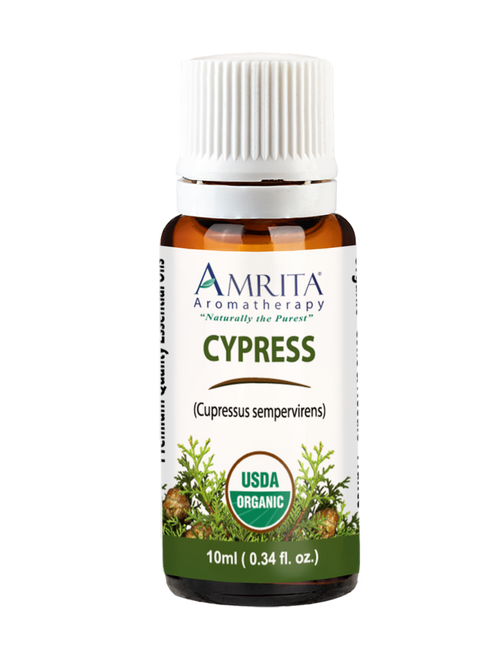- Other Names
- Field Mint Oil, Huile de Menthe, and Menta Japonesa
- Farming Method
- Certified Organic
- Plant Part
- Leaf
- Country of Origin
- India
- Application Method
- Bath, Diffusion, Inhalation, Massage, and Topical
- Scientific Name
- Mentha arvensis
- Extraction Method
- Steam Distilled
The invigoratingly fresh scent of Certified Organic Cornmint Essential Oil is very similar to Peppermint, one of the world's most popular Essential Oils.
Cornmint and Peppermint share many of the same therapeutic properties, although Cornmint is milder and therefore sometimes preferred for use on children.
About the Plant:
Cornmint is a delicate perennial mint plant, often used in the East as Peppermint. It grows lilac-colored flowers that appear in clusters among the upper leaves. The Essential Oil of Cornmint contains so much menthol that it becomes solid at below room temperature unless some of the menthols is removed. Since Peppermint does not have to undergo this process and has a more pleasant aroma, it is usually preferred in aromatherapy over Cornmint, except in the case of children.
Where it Grows:
Traditional Uses and Lore:
In Asia, Cornmint leaves are crushed and applied topically to treat pain, colds, and indigestion. Chinese medicine practitioners have applied Cornmint to patients with earaches, skin conditions, and tumors.
- USDA Certified Organic
- Improves Digestion
- Pain Relieving
- Travel Sickness
- Check out the tabs below to learn more about Cornmint
Topical Application (for use on the skin):
|
||||
|
||||
|
||||
|
Diffusion / Inhalation (add a few drops to a nebulizer or nasal inhaler):
|
|
-------------------------------------------------------------------------------------------------------------------------------------------------------------------
Blends Well With:
-------------------------------------------------------------------------------------------------------------------------------------------------------------------
Safety Precautions:
- Cornmint Organic Essential Oil is non-toxic and non-irritant.
- The menthol contained in Cornmint can be a dermal irritant.
- Avoid contact with eyes, skin, and mucous membranes.
- May cause sensitization in some individuals.
- It is a stimulating oil.
- Therefore, it is not advised for use in the evening or at bedtime, as it may cause insomnia.
General Safety Precautions:
- Use essential oils only in diluted form on the skin and never internally.
- Always be careful when using essential oils with children.
- Give them only low doses, or better, consult a qualified aromatherapy expert before using.
- Use essential oils with care and only under the proper guidance of an expert while pregnant or if you have liver damage, epilepsy, cancer, or other serious health problems.
The bittersweet, slightly spicy mint aroma of Cornmint is similar to Peppermint. In Asia, Cornmint is used therapeutically in the same way Peppermint is used. Cornmint is preferred for treating children because it is gentler than Peppermint.
Peppermint and Cornmint both help in freeing the skin of acne and other conditions, improve circulation, soothe sore muscles, benefit respiration, tone digestion, help the immune system fight off colds, and they have a wonderful reviving effect on the nervous system.
“The oil helps people become clear-headed and refreshes spirits. Like Lemon, Lemongrass, Basil, and Rosemary, Mint specifically stimulates the central hippocampus of the brain. It may be beneficial for people who are unable to concentrate or who have mental fatigue and memory lapses. This is an ideal oil to use in an aroma lamp in the office, in conference rooms, or in any situation in which a clean, uncluttered atmosphere is desired.” Complete Aromatherapy Handbook, Fischer-Rizzi
The following is a list of conditions which Cornmint Essential Oil addresses by category:
|
|
|
|
|
|
Click the link below to view GC Analysis: |
Click the link below to view CoA Analysis:
|
|
Click the link below to view Safety Data Sheet (SDS): |
1 Review Hide Reviews Show Reviews
-
The BEST
Cornmint is not a common EO to find - I seek it out due to its very high menthol content - most brands I try smell like solvent since the natural oil is very thick - the is hands down the best, steam extracted and WONDERFUL! Just so glad my search is over. I will be purchasing on repeat. THANK YOU!










